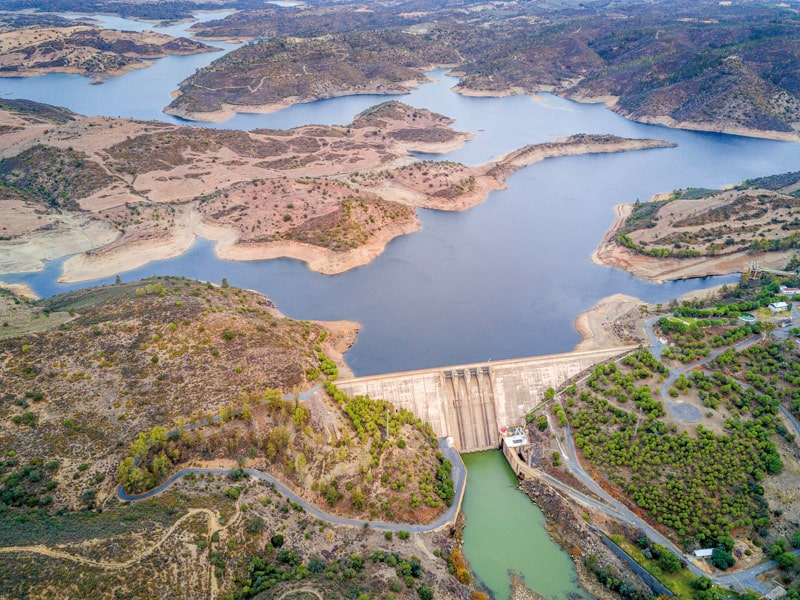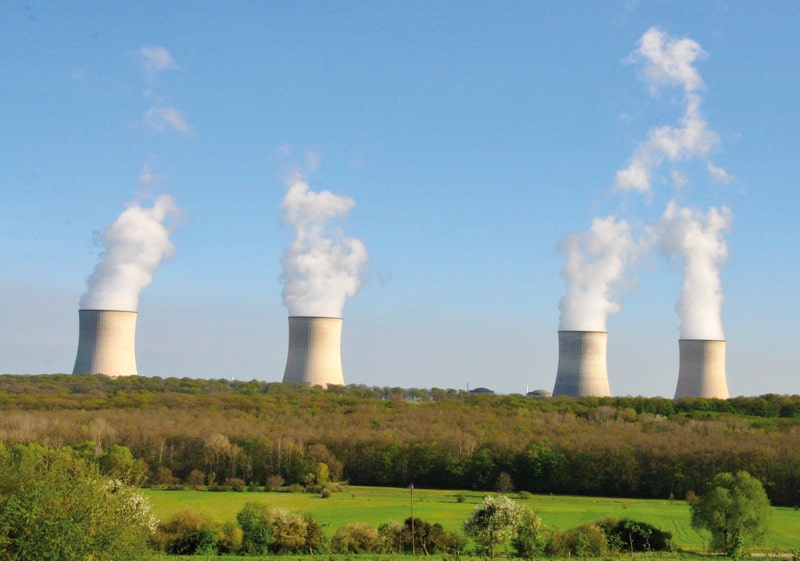
The road to clean energy
Almería, southern Spain, July 2023. The thermometers hit 45 ºC, a temperature where life has to be put on hold, and the authorities advised people to take shelter during the hottest hours of the day. At the same time, 30 km to the north of the city, scientists are excited about the 1,400 ºC they have succeeded in reaching in an area given over to energy trials and research.
This is in the Tabernas desert, next door to Fort Bravo, the studio city built in the nineteen sixties as the location for many of Hollywood’s greatest blockbusters. Its more recent neighbour, the Almería Solar Platform, is the largest structure of its kind in Europe. A series of mirrors reflect the sunlight on to a specific point on a 43-metre-high tower – and are able to create an extraordinary level of heat.
This is one of the projects funded by the European Union in the search for solutions to speed up the transition to clean energy. The way ahead will involve replacing current sources of energy based on coal, oil and gas – responsible for more than 70% of global greenhouse gas emissions – with 100% renewable or clean sources, free of carbon emissions, or with very low emissions. These sources may be wind, solar, hydro or geothermal power, energy from waves or green hydrogen. Many of these already exist, but not yet on the scale needed. The decades ahead will see heavy investment in a new economy that is gaining strength.

The paradigm shift will be the “beginning of the end” for fossil fuels, as the International Energy Agency (IEA) has warned. Writing in the Financial Times, Fatih Birol, executive director of the IEA, said he assumes that global demand for oil and gas will start to drop before 2030, earlier than envisaged, and that this change is due to “spectacular growth in clean energy technologies, such as solar panels and electrical vehicles, because of structural changes in the Chinese economy and due to the ramifications of the global energy crisis” with solar and wind power dominating growth in power networks. However, the IEA admits that the decline in the relative importance of oil, gas and coal will not halt the pace of planetary warming by itself; it is also fundamental to have “significantly stronger and faster political action from governments”.
Cities play a crucial role in achieving climate neutrality by 2050, the goal of the European Union. They take up only 4% of the EU’s land area, but they are home to 75% of EU citizens.
In the case of the European Union, the aim is clear: Europe wants to be the first carbon-neutral continent and to assure the security, competitiveness, local production and the sustainability of the energy consumed. There are two EU targets: to cut new greenhouse gas emissions by at least 55% by 2030 (in comparison with 1990) and to achieve carbon neutrality by 2050.
European leaders have accepted a policy that involves diversifying energy sources and relies on cooperation between Member States to assure the security of supply. The dependence of many countries on natural gas from Russia, which was laid bare by the war in Ukraine, points to the need to move towards free movement of energy within Europe, with appropriate infrastructure and no regulatory barriers.

power station, located in Alentejo, Portugal, started operating in 2004 and has change the landscape of the region.
Also on the table is nuclear power, a controversial issue that divides opinions on whether it can be seen as a “green” energy source. In terms of emissions, nuclear is regarded as a clean source, as it produces no carbon emissions; on the other hand, it is not a renewable energy source, because the main fuel used (uranium) is a limited resource, extracted from the ground and existing only in certain locations.
However, the main concerns relating to nuclear power have to do with safety. What should be done with the spent radioactive fuel from reactors? In the absence of a definitive and risk-free way of disposing of this fuel, the question will always be asked. This is a question where political decision-making can be more or less sensitive to public opinion. It is not unusual for extreme positions to be taken in the debate on nuclear power.

The use of hydrogen, a chemical element which is abundant in nature, will be less controversial. Harnessing hydrogen entails breaking down water into hydrogen and oxygen, using an electrical current. “Green hydrogen” is obtained using renewable electricity sources (solar, wind or hydro), in other words, without emissions of carbon dioxide into the atmosphere.
Hydrogen is easily stored and can be transformed into electricity or fuel – this may prove to be a way of decarbonising means of transport such as heavy goods vehicles, planes or ships.
The transition involves not just energy production, but also consumers. Households, industries, services and communities will have to learn to be more mindful of their consumption.
The financial cost will be huge. In 2022, 1.7 trillion dollars was invested in clean energy, almost double the investment in fossil energy. The tendency is for this to increase, at an accelerating pace. The investment has to be weighed against the cost of doing nothing.


